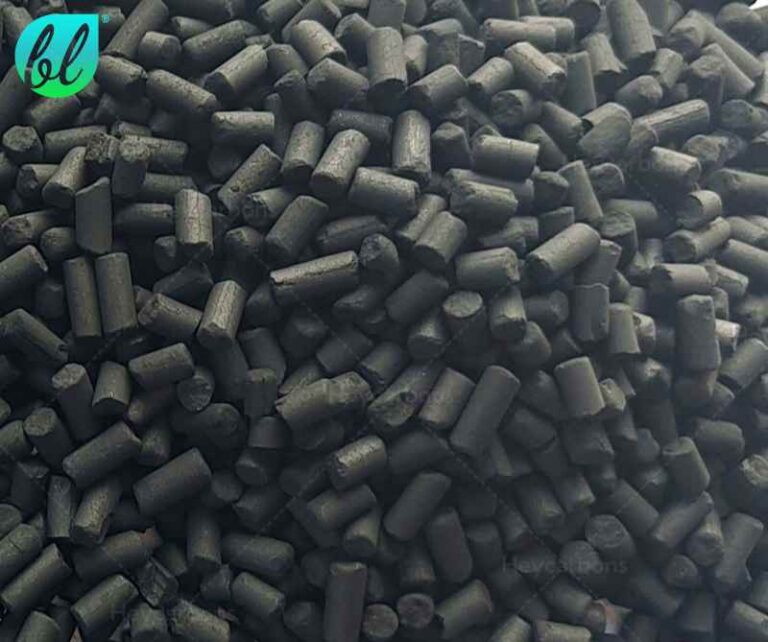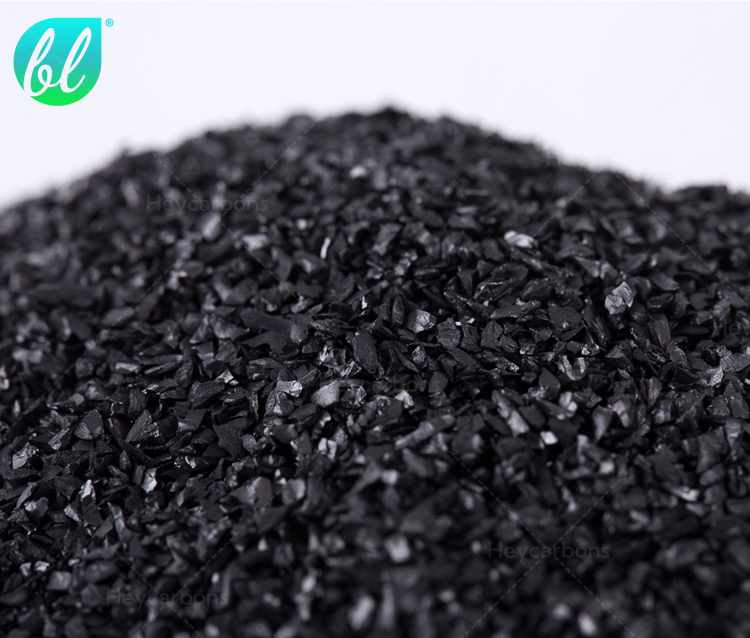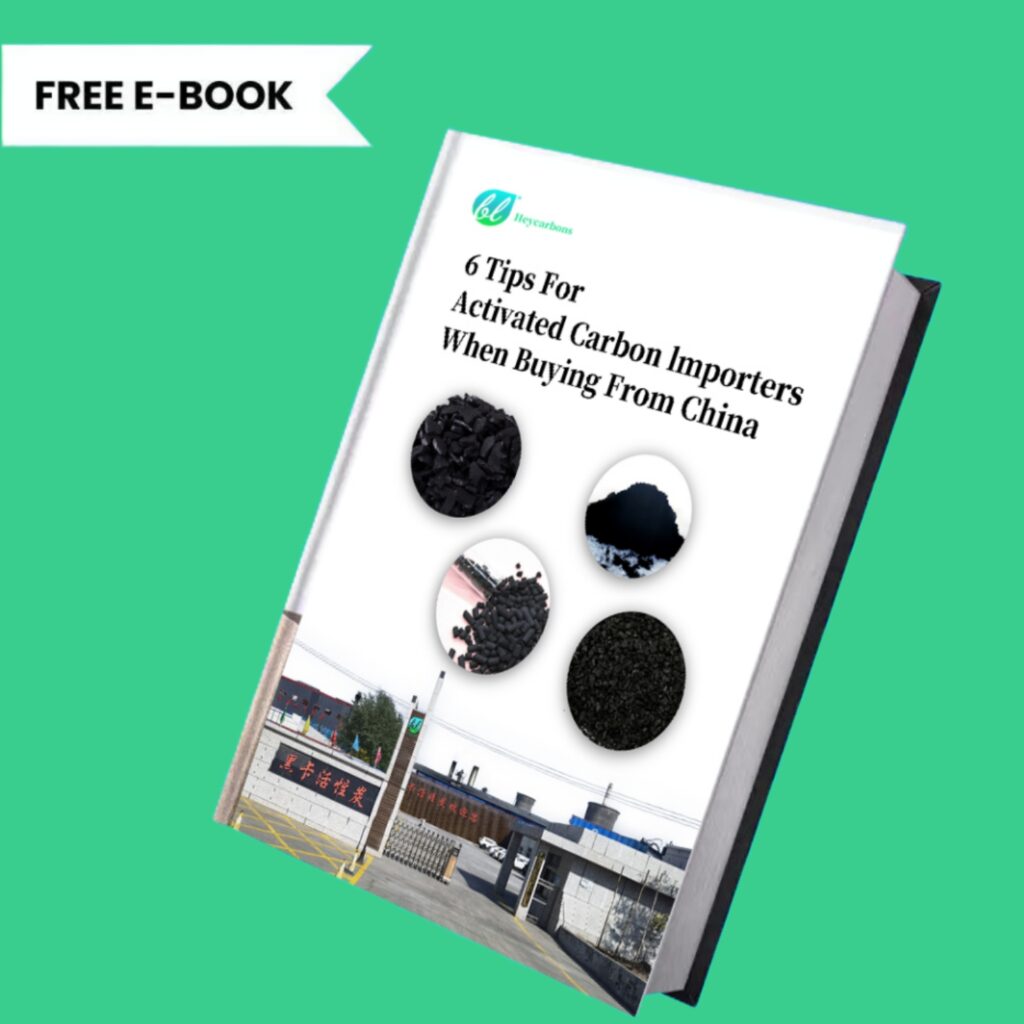Anthracite VS Bituminous Coal Activated Carbon
What is anthracite activated carbon? Anthracite VS Bituminous Coal Activated Carbon: Anthracite activated carbon has higher strength. Bituminous coal activated carbon has a larger pore size and can adsorb large molecules.
Bituminous Coal VS Anthracite Activated Carbon can both be used to remove siloxane and hydrogen sulfide (H₂S). The two have different applicable scenarios and can be selected according to specific needs.
You will get a quote in 24 hours
Anthracite VS Bituminous Coal Activated Carbon
Pelletized Activated Carbon
The proportion of mesopores and micropores in anthracite pelletized activated carbon is higher than that in bituminous coal pelletized activated carbon. Bituminous coal pelletized activated carbon has more mesopores and macropores, and has higher adsorption efficiency in removing macromolecules such as hydrogen sulfide.
The strength of anthracite activated carbon is higher than that of bituminous activated carbon. The strength of anthracite pelletized activated carbon is generally 95-99, and there are slight differences depending on the CTC. The strength of bituminous coal pelletized activated carbon is between 94-97, and there are also slight differences depending on the CTC.
For coal pelletized activated carbon, customers mostly choose to use anthracite, which has a high strength that allows the activated carbon to be regenerated many times after gas adsorption, while bituminous coal has a low strength and a low regeneration frequency. Therefore, the usage of pelletized anthracite activated carbon is much greater than that of bituminous coal activated carbon.
You will get a quote in 24 hours
Granular Activated Carbon
The pore size distribution of anthracite granular activated carbon is similar to that of pelletized activated carbon, and the proportion of mesopores and micropores of anthracite granular activated carbon is greater than that of bituminous coal granular activated carbon. Bituminous coal granular activated carbon has more mesopores and macropores, which can adsorb large molecules.
In scenarios where deeper purification is required for household drinking water, bottled water, beverages, food water, etc., customers generally choose to use coconut shell or fruit shell or activated carbon.
Customers who use coal based granular activated carbon generally use it in tap water plants, sewage treatment plants and other scenarios where large molecules need to be adsorbed. Bituminous coal activated carbon has a larger pore size and can adsorb large molecules, so customers often choose to use bituminous coal granular activated carbon.
You will get a quote in 24 hours
Advantages of Heycarbons Coal Activated Carbon Production
Heycarbons Bituminous Activated Carbon Preparation Advantage
Heycarbons Bituminous Activated Carbon Preparation: Most of the bituminous coal pelletized activated carbons on the market are made of binders, and the strength is only above 90. However, Heycarbons bituminous coal pelletized activated carbon uses the same tar as anthracite pelletized activated carbon, so the strength of Heycarbons activated carbon is better than 95% of the products on the market.
Heycarbons Anthracite Activated Carbon Production Advantage
Heycarbons Anthracite Activated Carbon Preparation: Heycarbons employ a unique method of carbonization through a patented air-flow high temperature process, which differs from traditional carbon-burning methods. This unique method results in heycarbons cylindrical activated carbon smoother, having lower ash content and higher strength.
Heycarbons Anthracite VS Bituminous Coal Activated Carbon Comparison
What is the difference between anthracite and bituminous coal activated carbon? Anthracite activated carbon is brighter than bituminous coal activated carbon, you can see this point in the picture:
You will get a quote in 24 hours
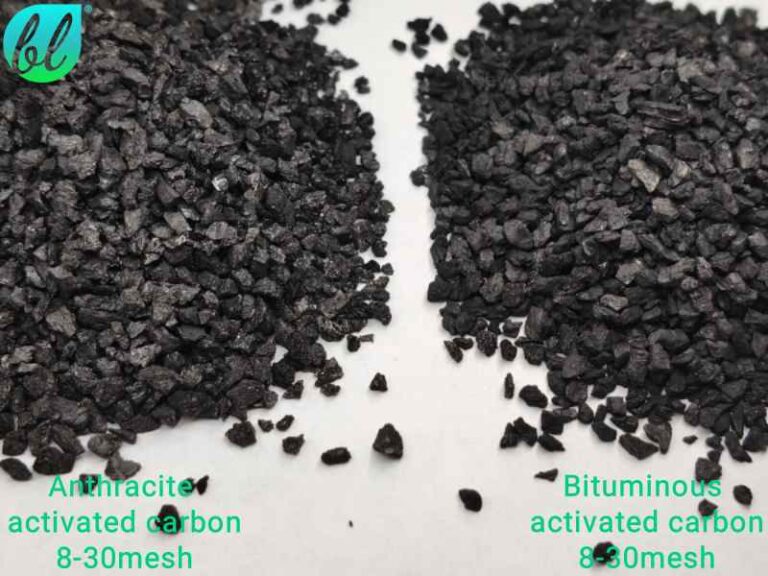
Anthracite Coal VS Bituminous Coal Activated Carbon Adsorption Raw Material
Anthracite activated carbon: Anthracite coal is used as raw material. Anthracite has a higher carbon content, lower volatile matter, and a denser structure, so its activated carbon products usually have higher stability.
Bituminous coal based activated carbon: Bituminous coal is used as raw material. Bituminous coal contains high volatile matter and more impurities. During the activation process, the structure of bituminous coal is relatively loose.
Anthracite VS Bituminous Coal Activated Carbon Adsorption Performance
Anthracite activated carbon: The specific surface area of anthracite activated carbon is relatively low, but its pore structure is denser, and it has a strong adsorption capacity for smaller molecular gases and certain chemical gases .
Its adsorption capacity and adsorption rate are high, and it is particularly suitable for industrial uses that require high-efficiency adsorption, such as air purification, toxic gas adsorption, etc.
Bituminous coal based activated carbon: The specific surface area of bituminous coal activated carbon is usually large, and it is suitable for adsorbing large molecular organic matter, some gases and pollutants in water.
Since bituminous coal contains more volatile substances, bituminous coal based activated carbon usually has a higher adsorption capacity, especially for organic matter (such as odor, solvents, etc.).
Coal Anthracite VS Bituminous Activated Carbon Strength and Durability
Anthracite coal activated carbon: Due to its high hardness and density, anthracite activated carbon has higher strength, better wear resistance and corrosion resistance. It is suitable for long-term use and can be used for a long time in an industrial environment.
Bituminous activated carbon: Due to the relatively loose structure of bituminous coal, the mechanical strength and wear resistance of bituminous activated carbon are poor, and it is easy to pulverize during use. It is suitable for short-term adsorption and low-demand scenarios.
Anthracite Coal VS Bituminous Coal Activated Carbon Uses
Anthracite activated carbon uses: Anthracite coal activated carbon is mainly used in high-end water treatment, air purification, toxic gas adsorption, medicine and other fields that require high-efficiency adsorption and long-term use. It is also widely used in places with higher requirements for adsorption performance and strength, such as fine chemical production and industrial gas filtration.
Bituminous activated carbon uses: What are the uses of bituminous carbon? Bituminous activated carbon is mainly used in air purification, waste gas treatment, water treatment and other fields, especially in the adsorption of larger molecular organic matter and some gaseous pollutants. It is also widely used in metal smelting and catalyst carriers in the chemical industry.
Heycarbons Bituminous Coal VS Anthracite Activated Carbon Uses
Coal Anthracite VS Bituminous Activated Carbon for Siloxane Removal
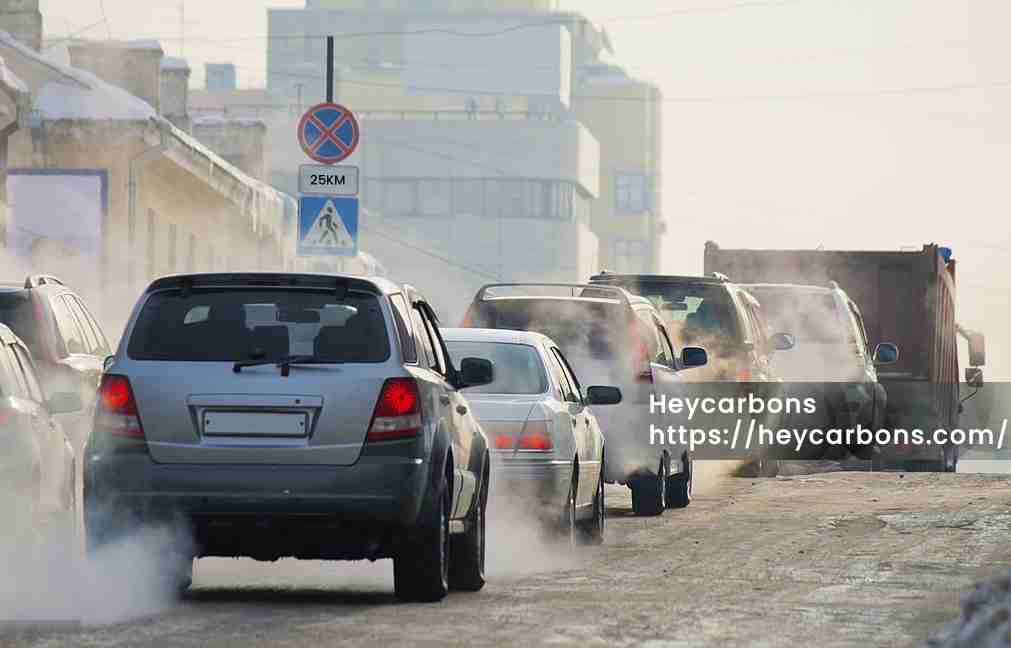


Bituminous coal pelletized activated carbon is known for its high adsorption performance and rich and diverse pore structure. Its combination of micropores and mesopores is particularly suitable for the adsorption of volatile organic compounds (VOCs), including siloxanes. The advantages of bituminous coal pelletized carbon are its high porosity and fast adsorption rate, which is suitable for scenarios where pollutants need to be removed quickly. However, its adsorption effect also depends on the specific bituminous coal type and processing technology.
Anthracite pelletized activated carbon is characterized by high density, high hardness, and usually a more uniform pore structure. Compared with bituminous coal, anthracite pelletized activated carbon has a longer service life, better wear resistance. These characteristics make it more stable in some long-term use or high humidity environments, and it is suitable for applications where the siloxane concentration is not high but needs to be removed for a long time.
Bituminous coal vs anthracite activated carbon which is better for siloxane adsorption?
- For high-concentration and fast-processing scenarios of siloxane, bituminous coal pelletized activated carbon is more suitable because its rapid adsorption ability can remove a large amount of siloxane in a short time.
- For low-concentration, long-term siloxane filtration applications, anthracite pelletized activated carbon may be more advantageous because its stability and anti-wear properties can extend service life and reduce the cost of frequent replacement.
In addition, in actual use, factors such as temperature, humidity and pressure must also be considered, and the final choice must be made based on the application environment. You can contact heycarbons and tell us your needs. The heycarbons team will provide you with professional opinions, suggestions and high-quality products.
You will get a quote in 24 hours
You will get a quote in 24 hours
Bituminous Coal VS Anthracite Activated Carbon for Hydrogen Sulfide (H₂S) Removal
When removing hydrogen sulfide (H₂S), choosing the right type of activated carbon requires considering the respective characteristics of bituminous coal vs anthracite pelletized activated carbon, because the adsorption efficiency of H₂S is closely related to the pore structure and surface chemical properties of the activated carbon.
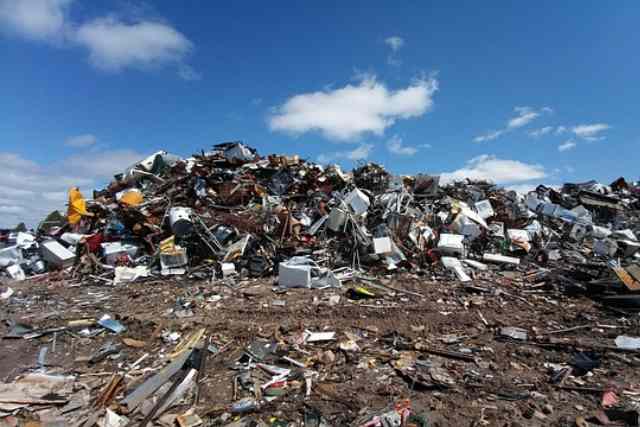
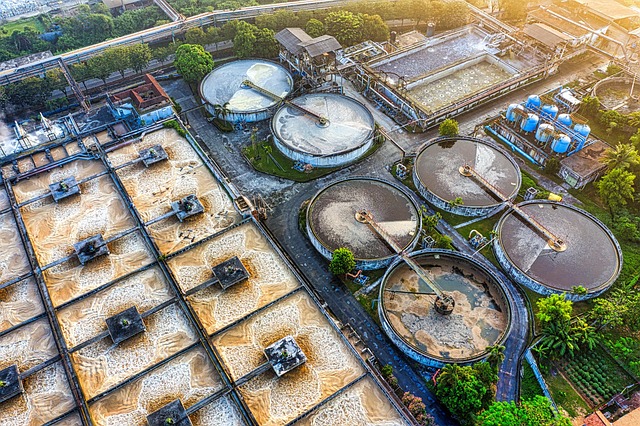
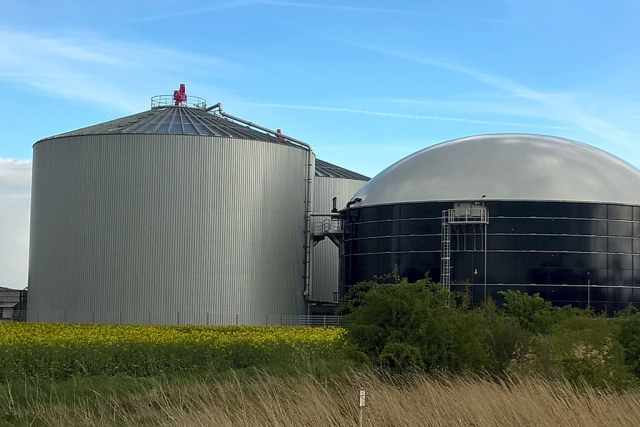
Bituminous coal pelletized activated carbon has a higher ratio of mesopores and micropores, which is usually more suitable for adsorbing volatile organic compounds and some smaller molecules. Since hydrogen sulfide (H₂S) is a small molecule gas, the high micropore ratio of bituminous coal activated carbon usually provides a higher adsorption capacity. At the same time, after modification (such as impregnation with alkali metals or alkaline earth metals), bituminous coal activated carbon can enhance its adsorption capacity for H₂S, which is particularly suitable for occasions where the H₂S concentration is high and rapid treatment is required.
Anthracite pelletized activated carbon has a high density, high hardness and uniform pore structure, and has excellent durability and stability, especially in environments with high humidity. Its pore size structure is suitable for low-concentration hydrogen sulfide (H₂S) adsorption, and can maintain the adsorption effect for a long time. In addition, in scenarios where the H₂S concentration is low but long-term operation is required, the service life of anthracite pelletized activated carbon is longer, which can reduce the frequency of replacement and reduce maintenance costs.
Bituminous coal vs anthracite activated carbon which is better?
- High concentration, fast processing requirements: If high-efficiency removal of large amounts of H₂S is required, it is recommended to choose chemically modified bituminous coal pelletized activated carbon (such as alkaline impregnation modification), whose microporous structure is suitable for rapid adsorption and efficient removal of H₂S.
- Low concentration, long-term adsorption: For low-concentration, continuous H₂S removal, anthracite pelletized activated carbon may be a more suitable choice. Its higher wear resistance and service life are suitable for stable removal of H₂S in low-concentration environments.
- Humidity considerations: Anthracite pelletized activated carbon generally performs better under high humidity conditions because its structure is more stable under moisture interference and is not easily affected by moisture.
The decision on which activated carbon to use can be based on the specific operating environment conditions, H₂S concentration level and replacement cost. You can also contact heycarbons and tell us your needs. The heycarbons team will provide you with professional opinions, suggestions and high-quality products.
You will get a quote in 24 hours
You will get a quote in 24 hours
Steps to Custom Heycarbons Activated Carbon
Consultation
By understanding your needs and requirements, our salesmen work with you to submit the appropriate activated carbon solution.
Quotation
Heycarbons expert customer service will provide you with a free quote based on your requirements as well as product specifications and quantities.
Production
Heycarbons has sufficient inventory and strong production capacity, and will report production progress to you from time to time.
Shipping
Heycarbons know you need to receive the product as soon as possible, after rigorous quality checks and protective packaging, by fedex shipping.
Let’s Get in Touch
We’re open for any suggestion or just to have a chat
Contact with us
We will give you the help you need
Floor 20, Building 2, Binhu International City, Erqi District, Zhengzhou City, Henan Province
Are You Looking for Heycarbons Activated Carbon Manufacturers?
Contact us for design assistance, free quote, and expert advice today.
Your inquiry will be replied within 24 working hours, and Heycarbons respect your privacy.
You will get a quote in 24 hours

